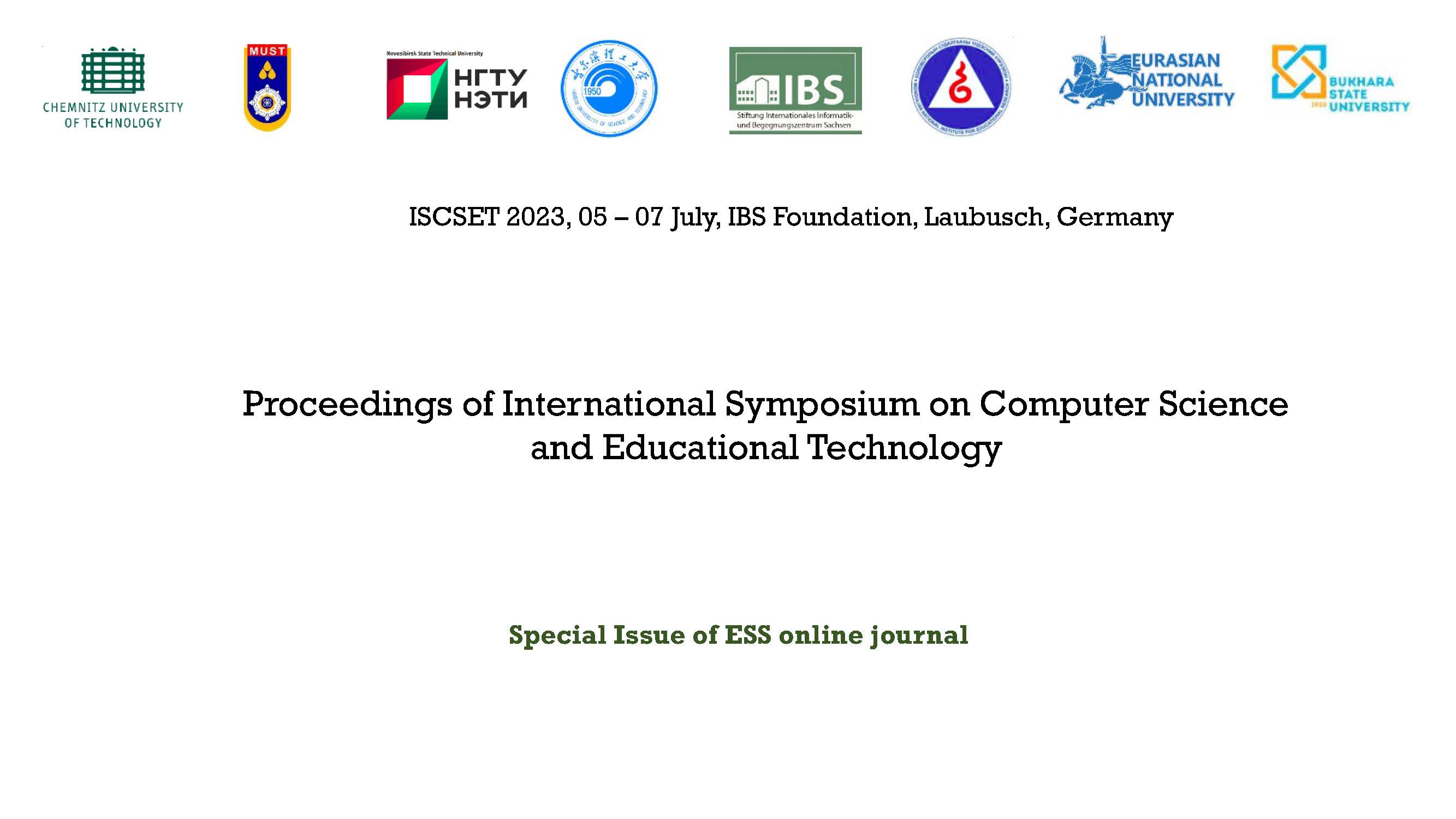Influence Rate Evaluation by Students’ Opinion: University, Library, Courses and Professors
Case of Mongolian Universities
DOI:
https://doi.org/10.14464/ess.v10i7.631Abstract
This paper describes a cooperative study of university lecturers with a focus on figuring out influence factors of students’ achievements in higher education. The evaluation survey is applied as the main method for research. Several lecturers (research team) who teach different courses in the university together developed influence factors in the form of survey questions, which are divided into four core groups: university, library, courses, and professors. The research team plans to collect as much data periodically from all universities in the country which is open to supporting this study. This paper showed the analyses of the first step of the study. 291 students from eight different universities voluntarily sent responses to an online survey.
The collected data is processed by structure-oriented evaluation (SURE) model and by standard statistic function. The SURE evaluation score was calculated as 0.88 which we can read that all defined influence factors received evaluation scores from students with very high positive answers. The statistic maximum scores emphasized some factors that influence a lot to students’ achievement and students confirmed by their responses that some factors are very important for them. Further statistic ANOVA test was made for the case of the university group with 13 factors.
For the ANOVA test, the null hypothesis. H0 – Null hypothesis stands for no difference between groups. No influence of study years on evaluation scores. By the ANOVA test, the null hypothesis isn’t proven. This concludes first step analyses as not significant statistically. Therefore, the research
team needs to continue data collection and may apply some other statistical methods to compare the first results.

Downloads
Published
Issue
Section
License
Copyright (c) 2023 Uranchimeg Tudevdagva, Narantsatsral Delgerkhuu, Gansaikhan Osorkhuu, Batdorj Davaagombo, Yeruulbat Galbadrakh, Serjmyadag Sergelen

This work is licensed under a Creative Commons Attribution 4.0 International License.
Copyright for articles published in this journal is retained by the authors. The content is published under a Creative Commons Licence Attribution 4.0 International (CC BY 4.0). This permits use, distribution, and reproduction in any medium, provided the original work is properly cited, and is otherwise in compliance with the licence.


